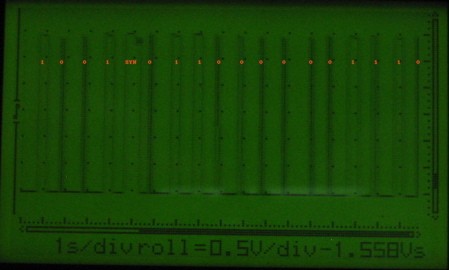Scientists at the university of California have managed to implant a chip in a giant flower beetle that makes it respond to commands from the computer. They can tell it to fly, stop, turn left and turn right. The controls are done through its optic nerves and wing muscles. Though the article states that flight signals are sent to the optic lobes and steering is done through stimulation of the wing muscles, the video shows steering being accomplished through optic lobe stimulation.
Though we’re sure there’s some grand scientific goal behind this, we can’t help but think (hope) that we’ll be seeing giant robot controlled beetle battles with lasers and rockets.















